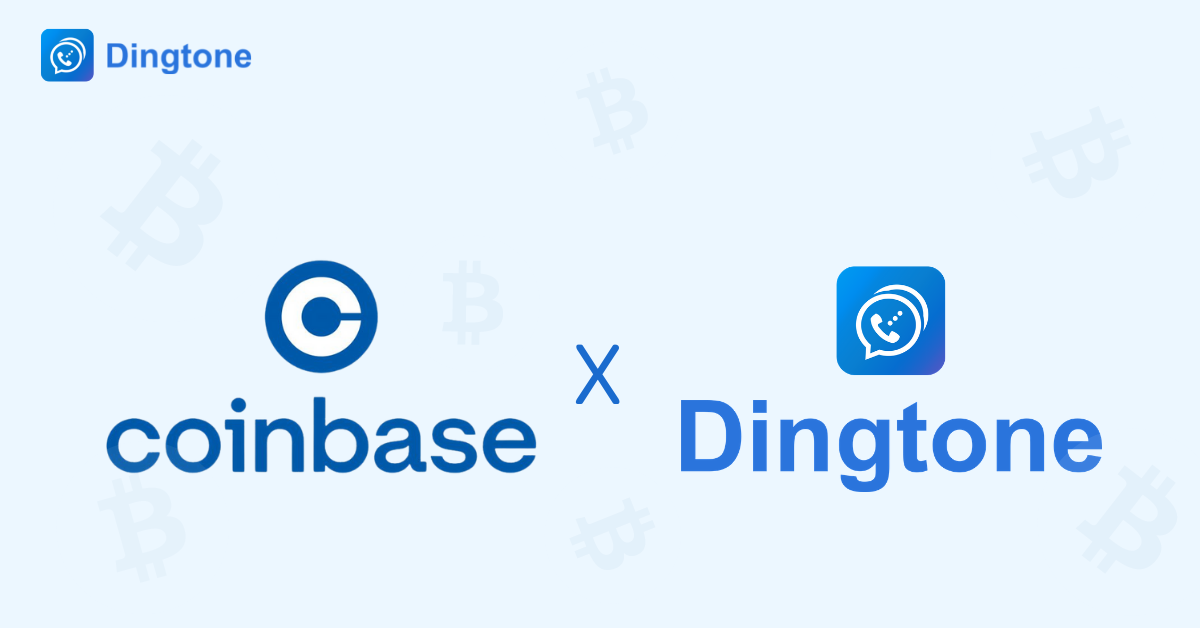Coinbase is an app on which users are allowed to sell and buy numerous cryptocurrencies such as Bitcoin, Ethereum, Litecoin, and more. Moreover, users are able to transfer a type of cryptocurrency into another type or transfer cryptocurrencies with others. Just like what is happening in the stock market, Coinbase indicates current prices and the trend of prices of cryptocurrencies in order to invest better.
What to be Needed as You Create a Coinbase Account?
Before registering for Coinbase, the following requirement should be met first:
- Be at least 18 years old (proof will be asked for).
- A government-issued photo ID is required (passport cards aren’t accepted).
- A computer or smartphone connected to the Internet is needed.
- A phone number connected to your smartphone is needed (used to receive SMS text messages).
- The latest version of your browser (Chrome is recommended) or the latest Coinbase App version should be achieved. If you’re using the Coinbase app, make sure your phone’s operating system is up-to-date.
Can You Use an Alternative Number with Coinbase?
Yes—but with conditions.
Coinbase accepts real mobile numbers that can receive SMS messages for verification. That means any virtual phone number service you use must:
- Support SMS capabilities reliably
- Provide a unique, private number (not a shared or temporary one)
- Be accepted by Coinbase’s verification system
Note: Temporary “burner” numbers or public numbers from free SMS websites may not work. Coinbase blocks these to prevent fraud.
How to Create a Coinbase Account Without Using Your Personal Phone Number
Step 1: Choose a Phone Number App
Use a reputable app that provides second phone numbers with SMS support. Examples include:
- Dingtone
- Google Voice (US-based users only)
- Hushed
- TextNow (with a paid plan)
Apps like Dingtone allow you to purchase a U.S. or international number that works like regular mobile numbers. You can receive SMS messages, use it for 2FA, and manage it entirely from your smartphone.
📌 Make sure the number is capable of receiving verification codes from Coinbase and is not flagged as VOIP-only by Coinbase’s system.
Step 2: Get Your Secondary Number
Once you’ve selected an app:
- Install the app on your phone (from the App Store or Google Play).
- Choose your country and area code.
- Select a number and subscribe or pay for it, if required.
- Make sure it’s verified within the app and can receive SMS.
Step 3: Sign Up on Coinbase
Visit Coinbase.com or open the mobile app.
- Start the registration process by entering your email and creating a password.
- When prompted for your phone number, enter the new number you obtained.
- Wait for the SMS code and verify it using the app where your number is hosted.
Once verified, you’ll be able to continue with the rest of the sign-up process, including ID verification and account security settings.
Pro Tips for Security
- Enable 2FA with an Authenticator App: After registration, set up two-factor authentication using an app like Google Authenticator or Authy. These apps are more secure than SMS-based verification.
- Avoid Reusing This Number Publicly: To keep your Coinbase account secure, don’t use this number for other public-facing accounts or registrations.
- Back Up Your Recovery Methods: Always keep recovery codes and backup methods stored securely, in case you lose access to the number.
What to Avoid
- Do not use temporary SMS websites. These are public and insecure. Coinbase will likely reject them.
- Avoid free plans with unreliable SMS support. Choose a service with consistent delivery of verification texts.
- Do not attempt to bypass ID verification. Coinbase is a regulated exchange, and you must still complete KYC (Know Your Customer) procedures.
Final Thoughts
It’s entirely possible to create a Coinbase account without using your personal phone number. The key is to use a real, SMS-capable secondary number through a trusted app. This helps maintain your privacy while giving you full access to Coinbase’s features and keeping your assets secure.
By taking control of how you share your contact information online, you add an extra layer of protection to your digital identity—especially on platforms that handle sensitive financial data.
